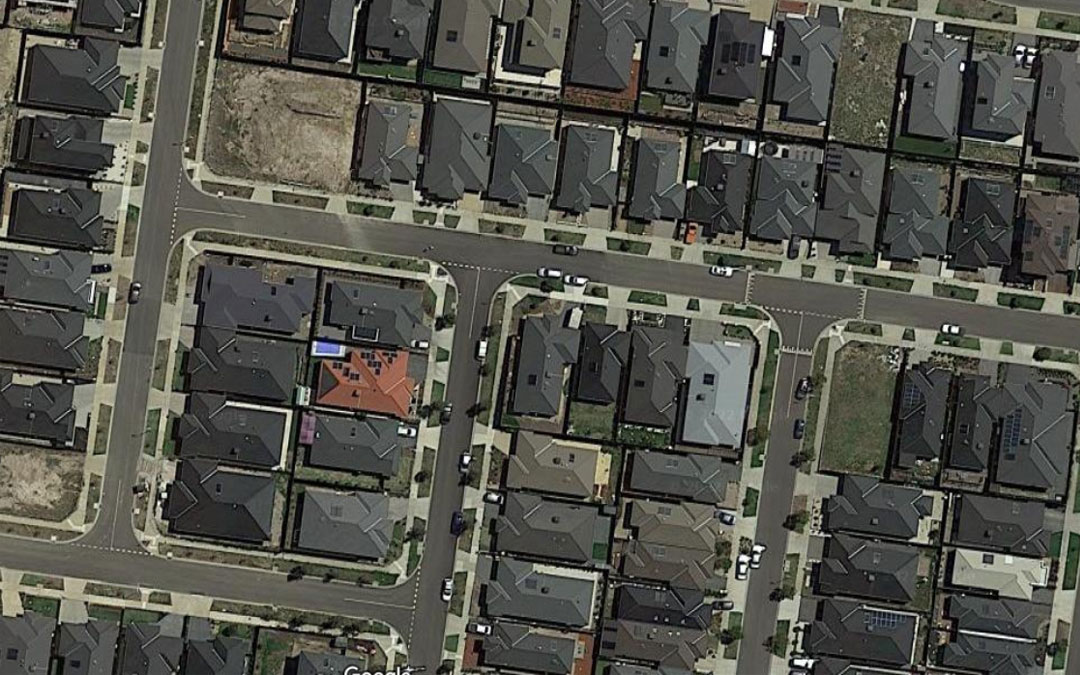What can we do to cool the urban heat island?

This article is an update of ‘Cooling the heat island’ – a newsletter article from December 2020.
What is the Urban Heat Island effect?
As summer warms up, the heat island effect is becoming more noticeable. Put simply, the heat island effect (UHI) comes about because cities create their own microclimates. Most gardeners are aware of the different microclimates created in backyards. At present, for example, under closely-spaced orchard trees temperatures are vastly different to those in more exposed parts of the garden.
The picture is pretty straightforward: where there is green cover (trees, bushes) temperatures are lower. Areas dominated by roads, buildings and other hard surfaces, are considerably hotter.
As temperatures near our houses increase, so too do the temperatures in our houses. While home insulation will help moderate temperatures, there will still be a temperature increase inside the house. If we are using air conditioning to help cool the building, there will be a greater demand on the system and consequent higher energy bills.
As a recent ABC TV news program in January 2022 illustrated, new housing developments can contribute substantially to the UHI. In fact, new suburbs can be up to 10 degrees warmer than surrounding rural land:
This comes about through:
- removing tree cover
- building larger houses on smaller blocks. In some cases neighbouring roofs are almost touching, reducing the area left for vegetation
- adding hard surfaces – concrete paths and driveways, for example
- using dark colours on roofs, walls and concrete driveways. These dark colours absorb heat during the day and radiate it at night.
What can we do about the Urban Heat Island effect?
The place for individual residents to start is by planting vegetation around our houses. Large trees are the most useful way of lowering temperatures, and trees with wide, dense canopies do this best. Through shading and the cooling effect of evaporation through foliage, trees lower temperatures – and our energy bills. We can also consider the size and colour of structures and surfaces we put on our property.
At a municipal level, Banyule City Council is developing an Urban Forest Strategy to better manage and expand the Banyule Urban Forest. The strategy includes parks, street trees and other trees. Expanding the Urban Forest will have a positive impact on temperatures in Banyule as well as reducing our use of energy for cooling.
We would encourage everyone to contribute their ideas to the Council via the Shaping Banyule webpage. Sustainable Macleod also has a number of people keen to contribute to the strategy. If you would like to talk about your ideas to one of us, email sustainablemacleod@gmail.com.
References
ABC TV News – 19 January, 2022 – Climate change impacts on urban heat
Written by Paul Gale-Baker
